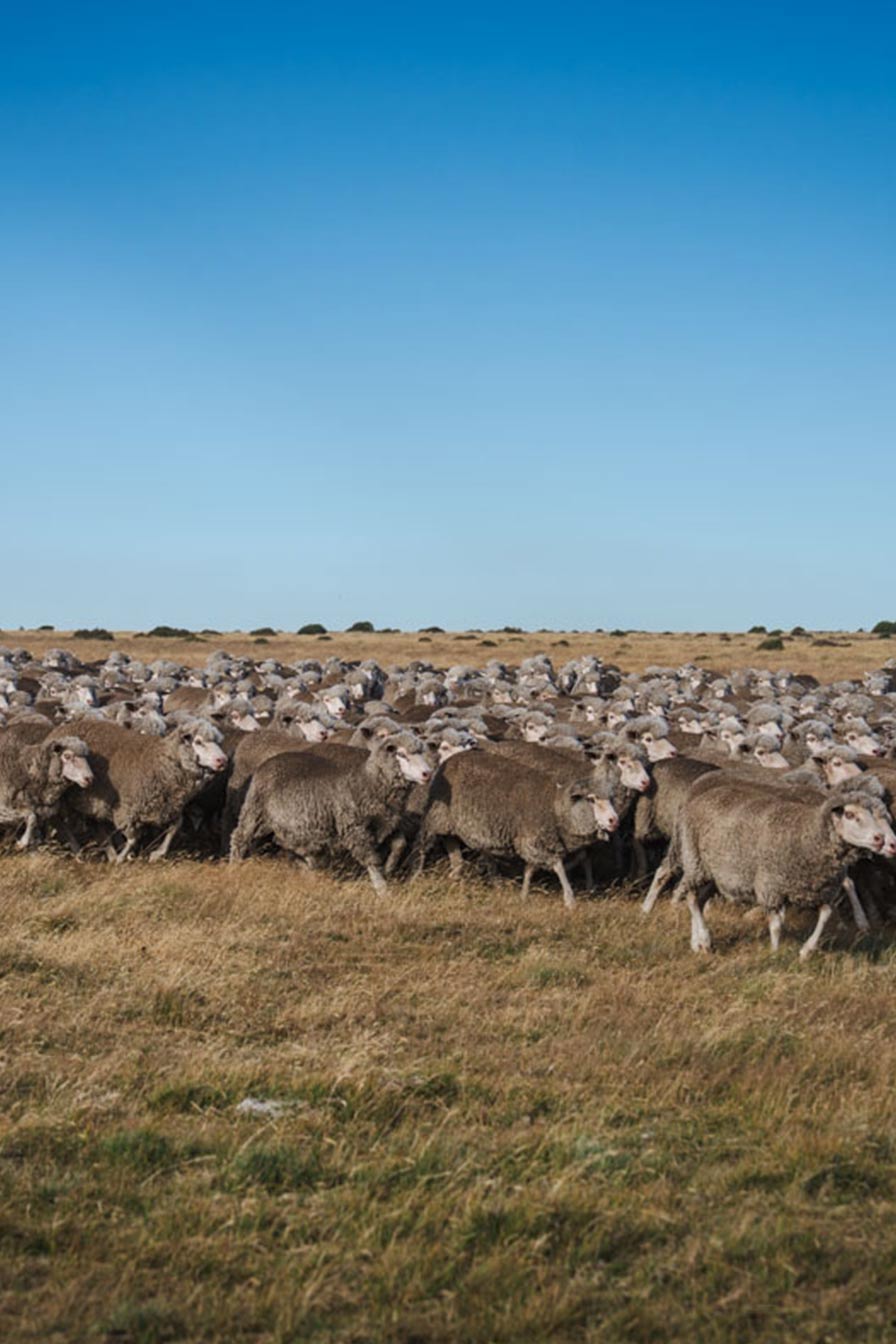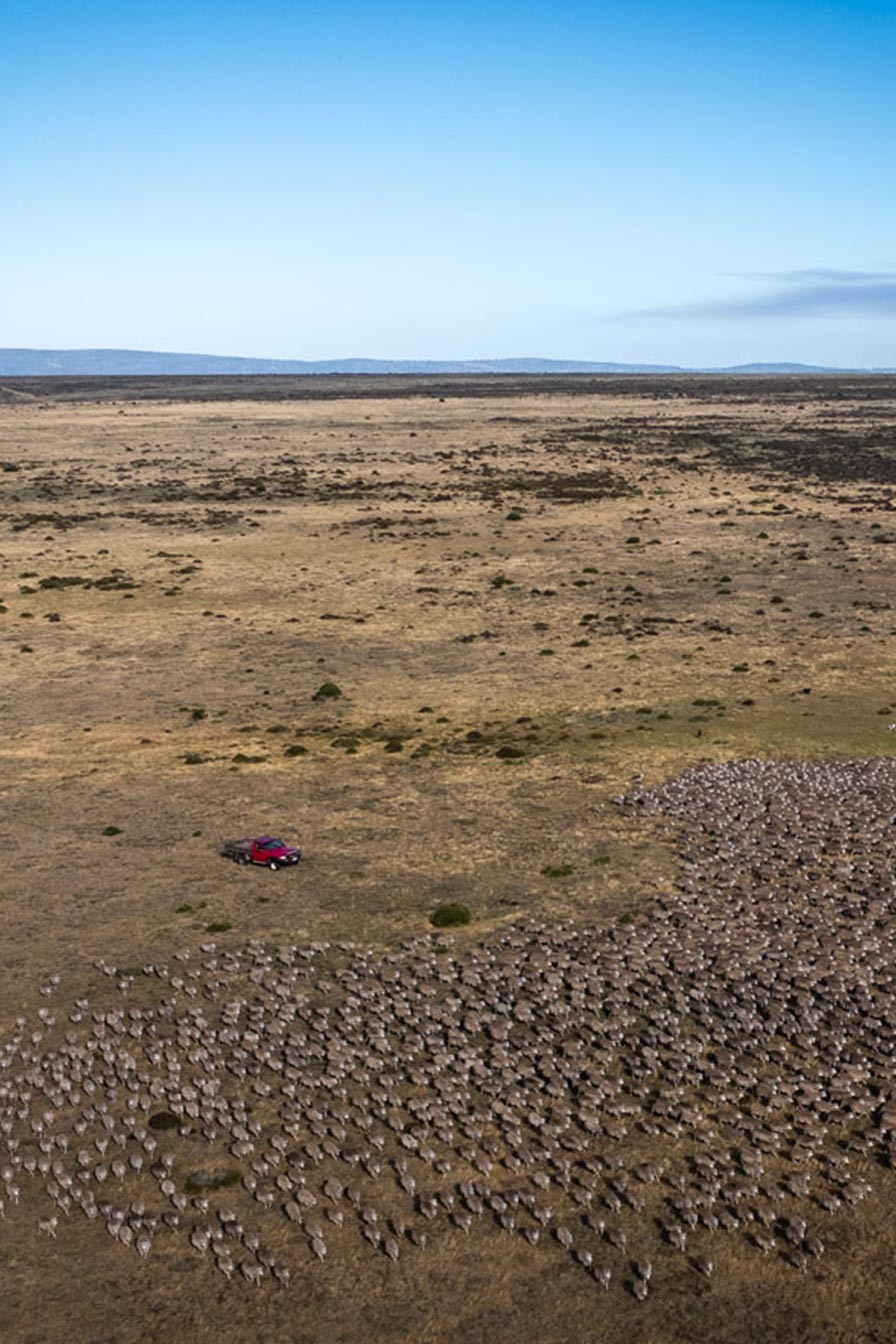The Ultimate Guide To Merino
Everything you never knew you wanted to know about nature’s best fibre.
It breathes. It wicks. It warms. It cools.
It stretches. It bounces back. It barely needs washing.
It’s not magic. It’s Merino.
The fibre that outperforms synthetics—without a single drop of plastic.
The one that’s been evolving for centuries on the backs of sheep.
Let’s take a closer look.
What Is Merino Wool?
Merino wool comes from Merino sheep—a breed originally from Spain, now primarily raised in Australia and New Zealand.
It’s renowned for its ultra-fine fibres and high natural performance. While traditional wool sits around 30 microns in diameter, Merino ranges from 17 to 19 microns. That’s finer than human hair—and why it feels soft against the skin, not itchy.
The Structure Of A Merino Fibre
Each Merino fibre is made up of a complex, layered structure:
- Cuticle (outer layer): Overlapping scales that repel water and resist stains. This protective layer is what helps Merino garments stay cleaner for longer.
- Cortex (core layer): A dual-cell structure that absorbs moisture vapour while remaining dry to the touch. This is what allows Merino to wick moisture away from your body.
- Crimp: The natural wave in Merino fibres traps air, providing insulation and elasticity. This crimp gives Merino its unique loft, warmth-to-weight ratio, and natural stretch.
Key Properties
- Temperature-regulating: Keeps you warm in winter, cool in summer
- Moisture-wicking: Absorbs up to 35% of its weight in moisture without feeling damp
- Odour-resistant: Naturally inhibits bacterial growth—so you can wear it longer, with less washing
- Elastic: Returns to shape, resisting bagging and sagging
- Fire-resistant: Naturally flame-retardant and self-extinguishing











